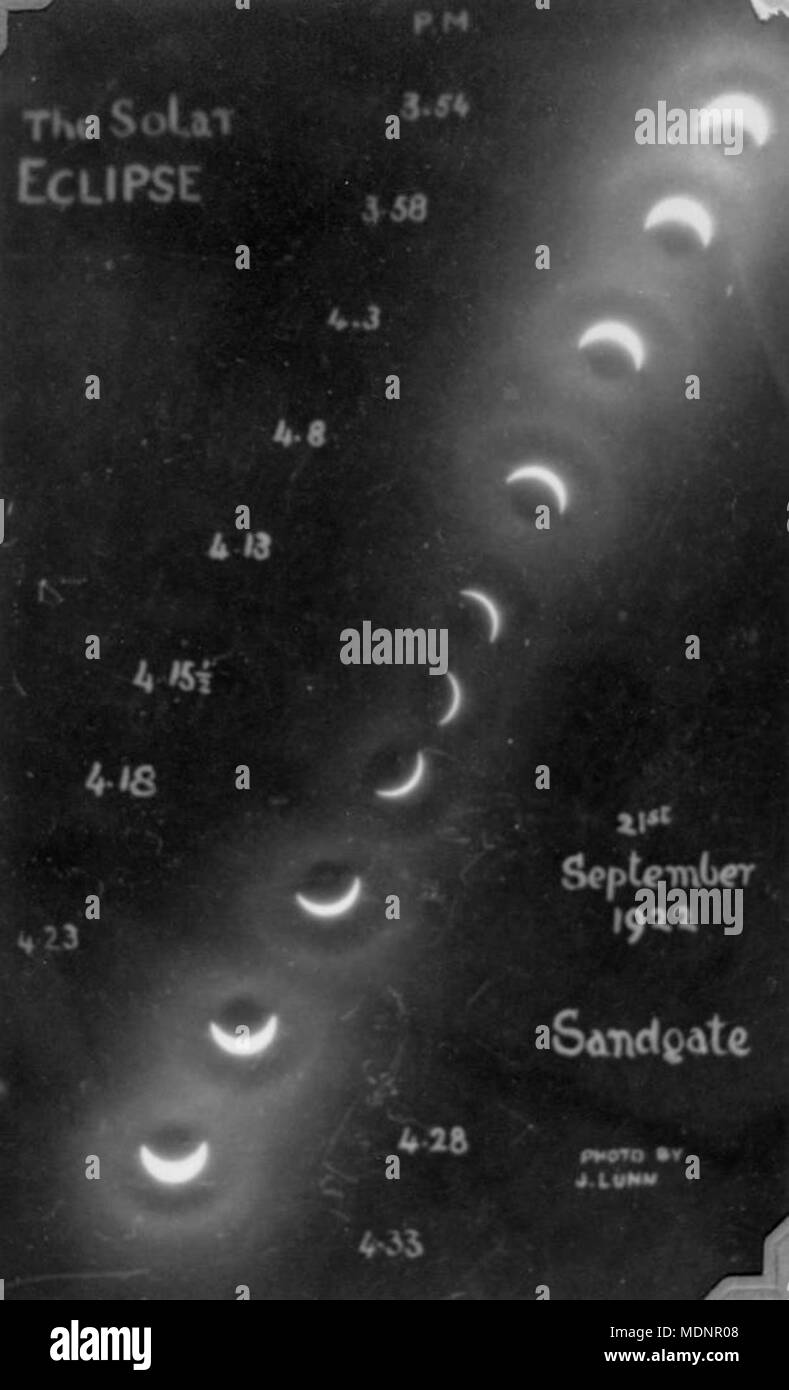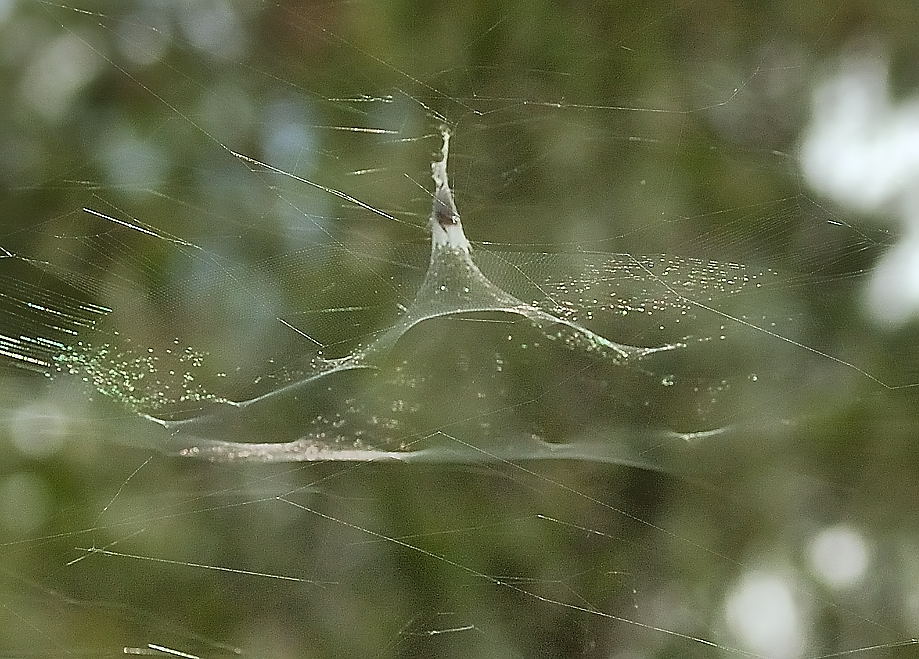

Watching a full moon rising is always special because of the optical illusion that makes the moon appear much larger when it’s near the horizon. But in northern Western Australia the moon rises roughly an hour earlier, so the final stages of the eclipse will be visible there. Perth will miss out, as the moon will rise 10 minutes after the eclipse ends. The eclipse maximum will occur at 10.03pm NZDT, so it may even be possible to see a slight red tinge to the moon against the dark sky. Viewers in North Island will see the entire event, while for South Island the moon rises about half an hour after the eclipse begins. New Zealand is in a better position to see the eclipse. Those places will only see the moon as it begins emerging from the shadow. Sydney and Canberra will also see the maximum eclipse but against a twilight sky.įor the other Australian capitals, the maximum eclipse occurs when the moon is still below the horizon. Brisbane will have the best view of all the capital cities, as the sky will have darkened and the moon will be fairly high by the time of maximum eclipse. In Brisbane, Sydney and Canberra the moon will rise before the eclipse reaches its maximum.

It’s a little uncertain exactly how much we’ll be able to make of the eclipse against the twilight sky but it’ll be interesting to see what happens.Īt the moment of maximum eclipse, 97.4% of the moon’s diameter will be in shadow, while just a sliver will remain in sunlight.īecause it’s almost a total eclipse, this will be the longest partial eclipse of the 21st century, lasting three hours and 28 minutes. What to see and when?Īs the eclipse occurs at moonrise for viewers in Australia, your location (latitude and longitude) will determine when you will see the moon appear above the horizon. We can watch the moon emerge from Earth’s shadow and return to its full brightness. The sun sets a few minutes after the moon rises, so for the first half hour or so the eclipsed moon, low on the horizon, will be battling the bright twilight sky.Īs the moon climbs higher and the sky darkens we will have a lovely view of the eclipse’s final phase. In the opposite part of the sky, the sun will be setting and Venus, Saturn and Jupiter will be visible. The moon will be low in the sky for much of the eclipse, meaning you’ll need an unobstructed view towards the east-north-eastern horizon, perhaps with the aid of an elevated viewing position. The fact that Friday’s event occurs at moonrise for viewers in Australia means this will be a different experience to what is typically seen when watching a lunar eclipse. It is safe to watch the eclipse with your naked eyes, although you might need a camera with a good zoom lens to capture a good photo.A timelapse of the total lunar eclipse seen from Braidwood, NSW Below are the times that the supermoon eclipse will be visible in each Australian capital city.


 0 kommentar(er)
0 kommentar(er)
